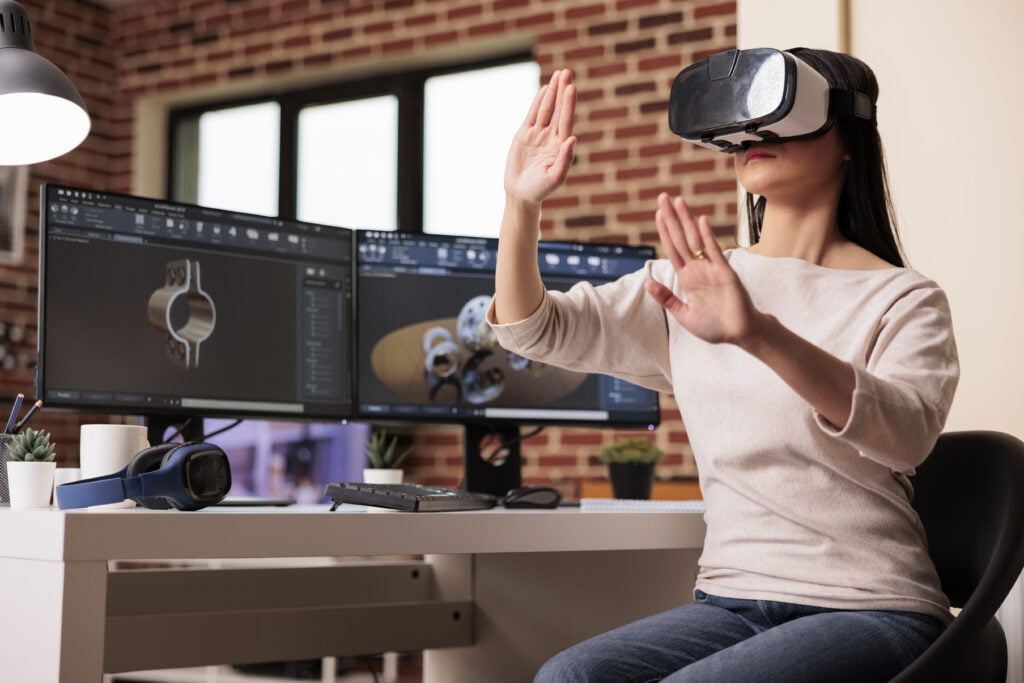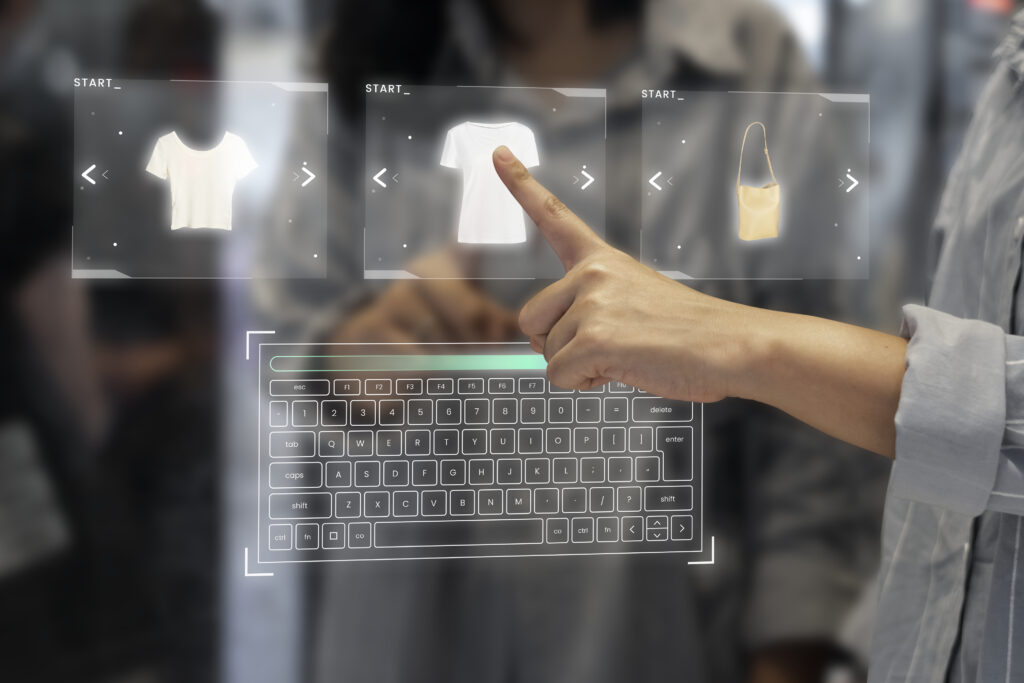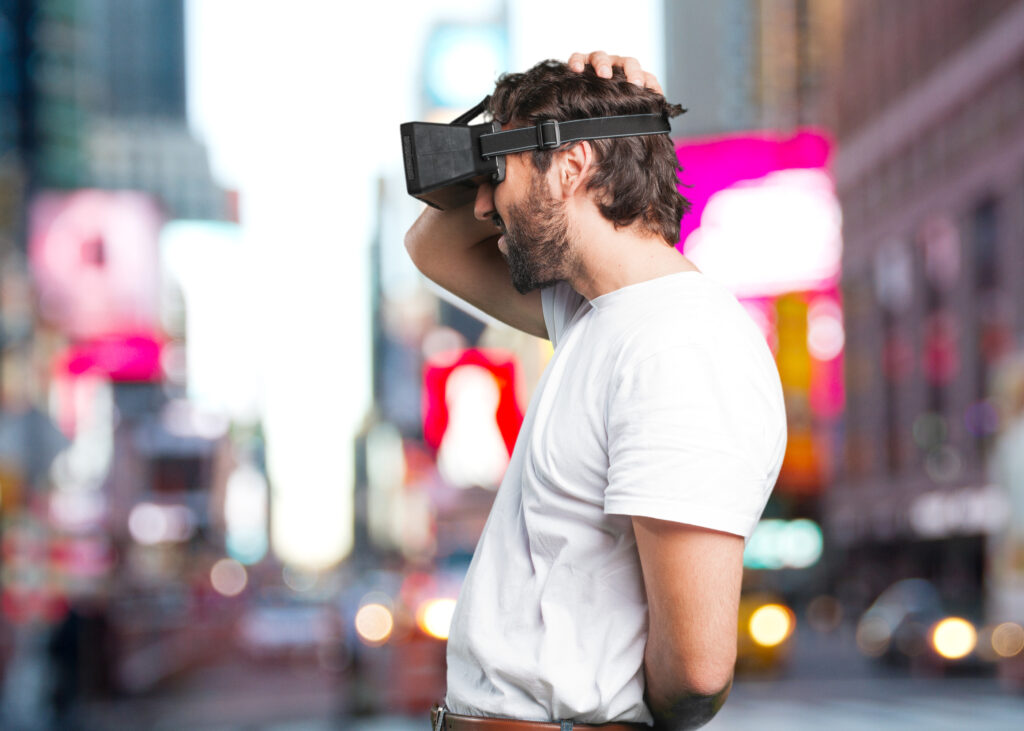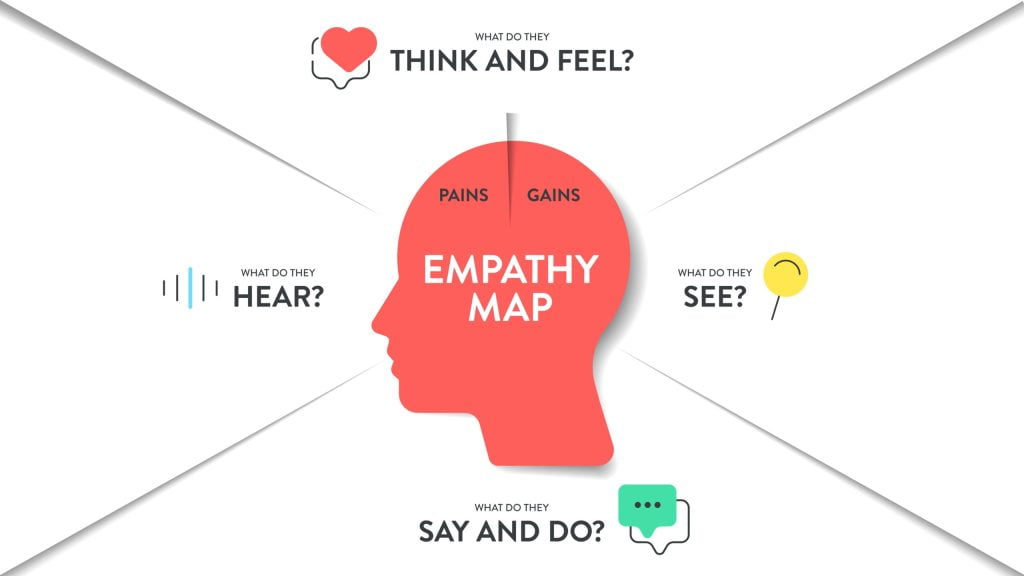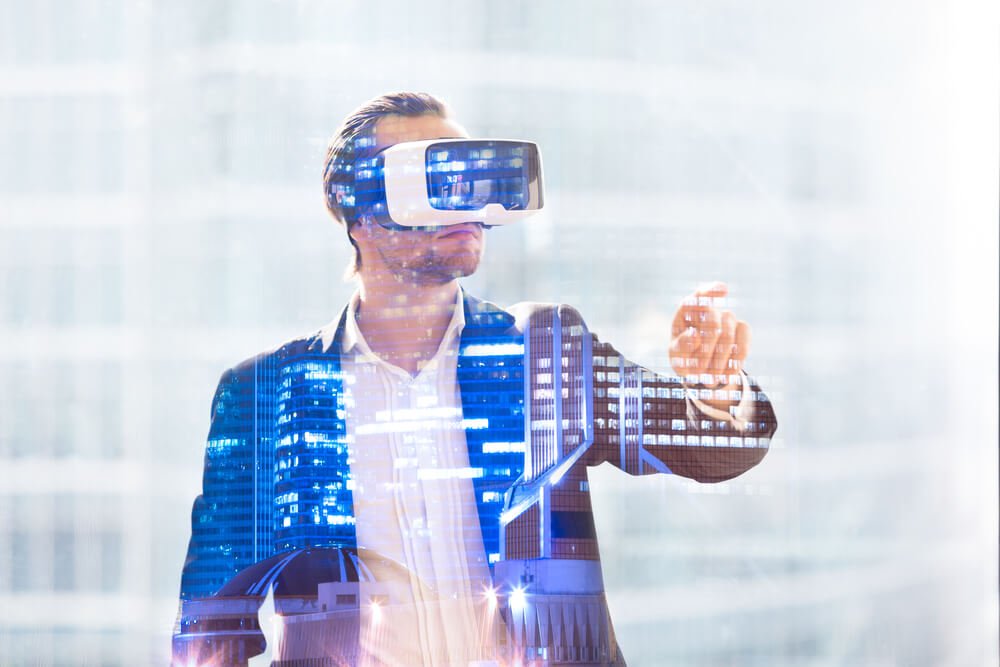How VR is Set to Transform Cinema
Table of Contents:
Since their inception over a century ago, cinemas have gone through all sorts of changes. From open-air cinemas to the boom of drive-in theaters in the 1950s, all the way to today’s 5D movie experiences, which include real effects like water, smoke, and even moving platforms. But the evolution of cinema is not done yet, with virtual cinemas set to be the next innovation in the movie-going experience. Can VR technology revolutionize the world of cinematography? How will virtual reality change cinema? Read on to find out.
What is virtual reality?
Virtual reality is a technology that creates an artificial image of the world. It consists of multimedia creations of objects, spaces, and events. This image can represent both elements of the real world (computer simulations) and entirely fictional ones (computer games). In other words, it is a technology through which we can move to a virtual world. The possibilities of such a reality are enormous as a virtual universe can be anywhere. To dive into the world of virtual events, all we need is a pair of special glasses through which we can experience full immersion – the complete absorption of the human senses in the virtual world.
What can virtual reality do?
Through 360 apps and VR content, we can inhabit different worlds. Notably, most VR experiences allow you to go to places that are not accessible to the average mortal. We can become anyone and do virtually anything we want. We are limited only by the possibilities of VR applications, which are becoming increasingly advanced.
Equally important in virtual reality is having the appropriate sound effects. To be entirely realistic, a VR experience must reflect the sounds we hear in the real world in the most accurate way possible. And why go to all this effort? Well, if we blur the lines between the natural and virtual worlds, the viewer will be much more involved in the story and fully focused on its message. But just how important is this to cinema?
How is virtual reality used in cinema?
VR in the film industry can be used for both film production and film viewing. Filmmakers are now looking at virtual reality as a way to make the audience even more immersed in the experience. This is because, with virtual reality, the audience goes beyond the screen to become a participant in the story itself.
Films made with VR technology offer amazing shots – the frame expands in every direction, giving the watcher a 360° view. Although this means that it is not possible to view an entire scene at once, with the help of VR goggles, each user can choose where to look as they watch. This gives them the unique experience of being right at the center of the action. In turn, movies that have been shot with virtual reality technology in mind from the beginning can play out around the viewer, allowing them to take on the role of the hero or any other part they desire.
Unlock the future with Mazer: Your innovation partner.
VR in cinema – what does the future hold?
VR technology in cinema is growing in popularity. IMAX, a leader in full-size cinema experiences, has implemented VR by creating IMAX VR centers in various locations around the world. While the technology has not been massively popularized yet, it has paved the way for further VR adoption in cinemas. It has even led to virtual reality technology taking an artistic turn in some areas, with film festivals such as Sundance, Tribeca, and Venice beginning to incorporate VR in recent years.
It is estimated that the virtual reality market in the world of cinema will grow in the next few years. Both major film studios and technology companies are interested in the concept. Whether virtual reality technology will become a permanent feature of cinematography depends mainly on the popularization of this form of entertainment and social attitudes. People who see the cinema as a place to socialize and meet with friends will certainly choose traditional screenings. On the other hand, tech enthusiasts will be happy to put on a pair of VR goggles and move into a virtual world where they can experience marvelous and unforgettable adventures alongside their favorite film characters.
It is inevitable that virtual reality technology will lead to innovations in the filmmaking process. On the one hand, it will provide directors with the flexibility to shoot scenes in different ways. On the other hand, viewers will be able to watch movies in VR multiple times from different perspectives, following different paths to get an even better look at the characters and plots and to experience the stories in greater depth. In short, VR is sure to revolutionize the movie-going experience.
Read also: How Can Virtual Reality Enhance B2B Sales
How is virtual reality used in cinema?
VR technology immerses the audience in the storytelling process, providing a 360° view. Viewers, equipped with VR goggles, can choose where to direct their attention, making them central to the action or even allowing them to take on specific roles.
What is the future for VR in cinema?
VR is gaining popularity in cinema, with IMAX incorporating VR in its centers globally. The virtual reality market in cinema is expected to grow, with major studios and tech companies showing interest.
How will VR revolutionize the movie-going experience?
VR is poised to revolutionize the movie-going experience by providing directors flexibility in shooting scenes and allowing viewers to watch movies multiple times from different perspectives.
Unlock the future with Mazer: Your innovation partner.
Author: Rafał Siejca
Rafal has over twenty years of corporate experience, including roles at Millennium Bank, Comarch, and leading software teams at PZU, one of Europe’s largest insurance companies.As one of Poland’s few true VR experts with a decade of experience, he ensures timely, high-quality project delivery as CEO and CTO.


